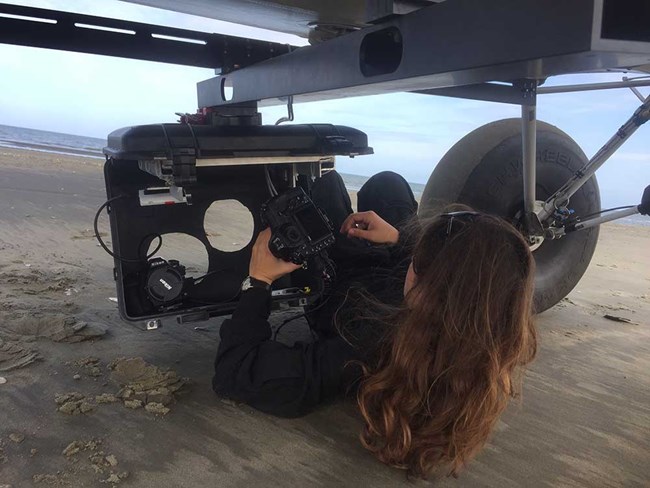
The National Park Service uses innovative science methods and tools and is constantly exploring ways to improve our work. Whether it is using new data collection tools, developing models to integrate our knowledge, or developing new data analysis methods, we look for ways to more efficiently and effectively conduct science and learn about park resources.
Learn more about science methods and tools:
Last updated: May 18, 2021
